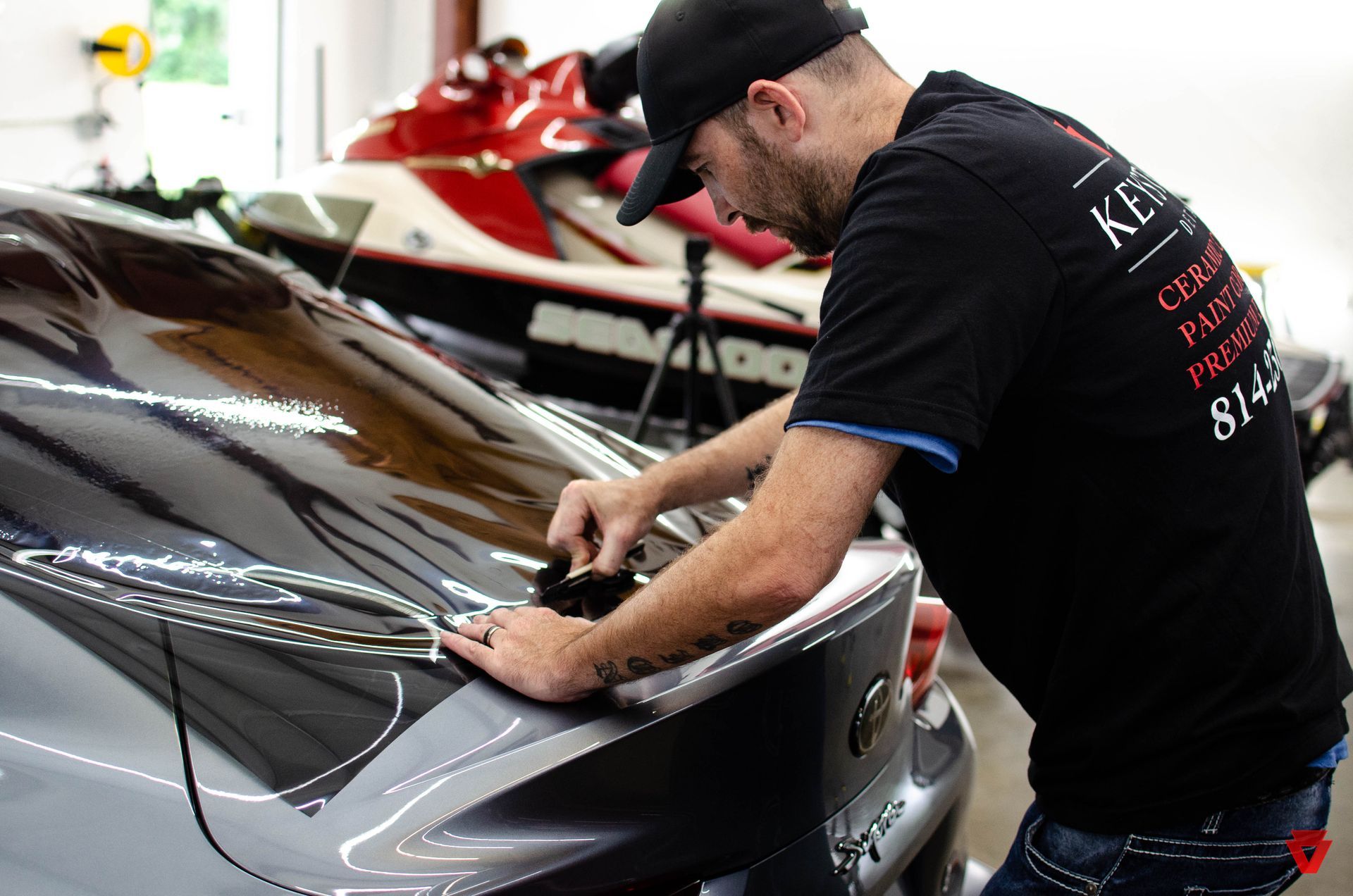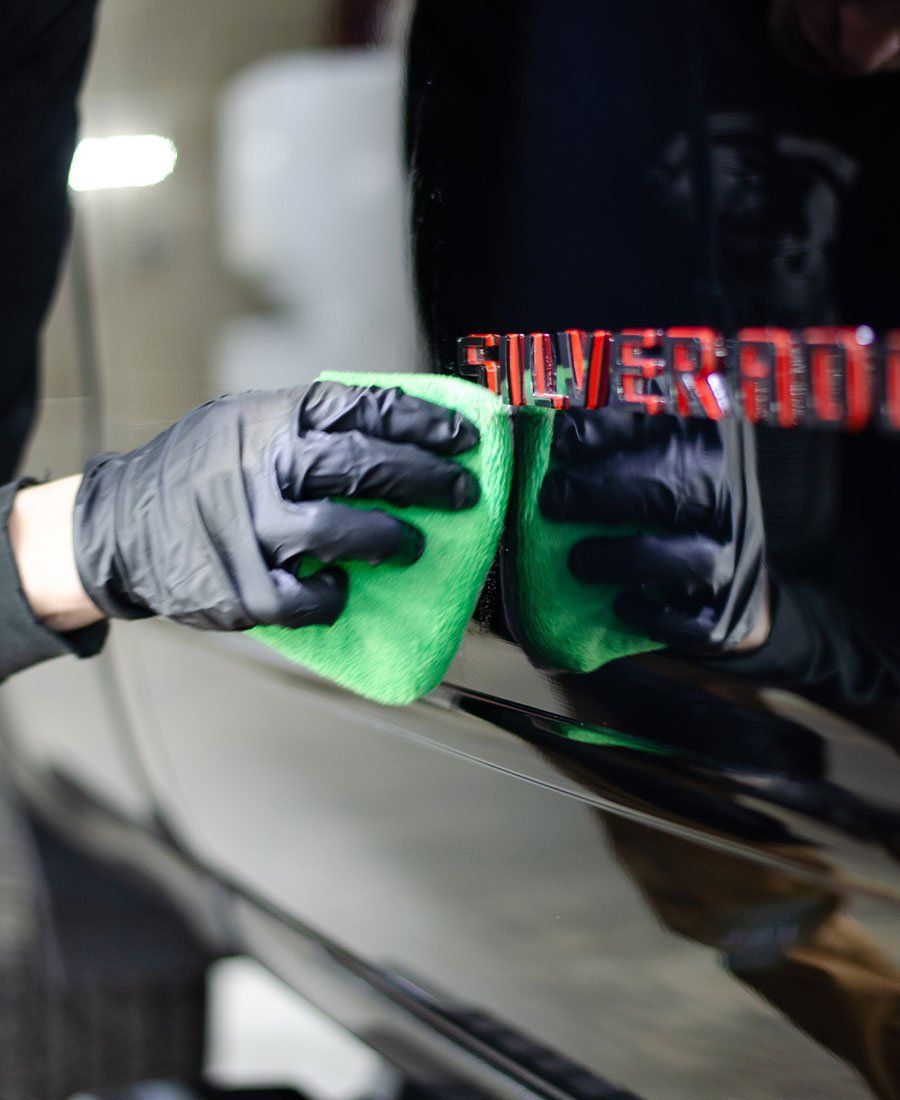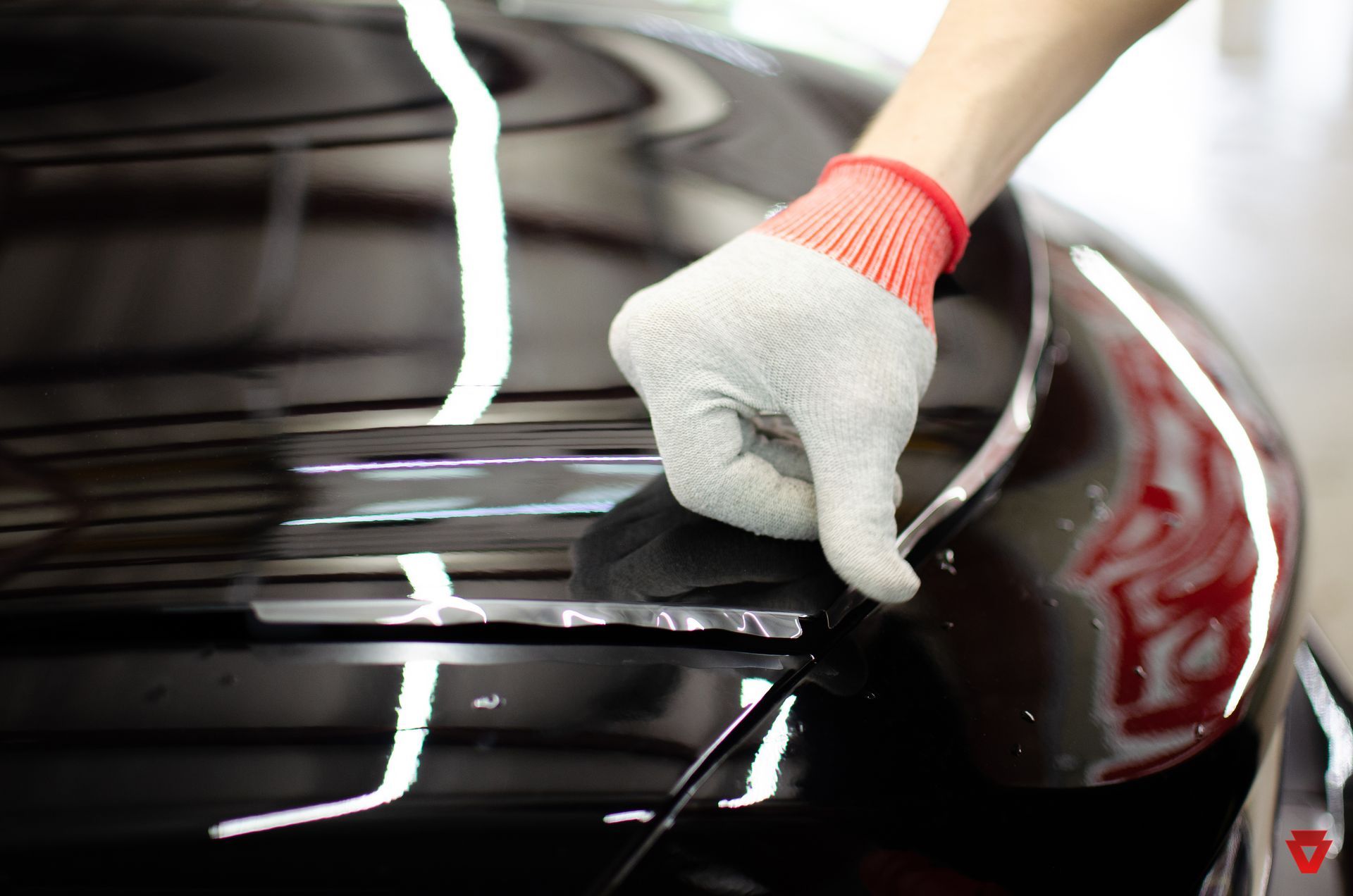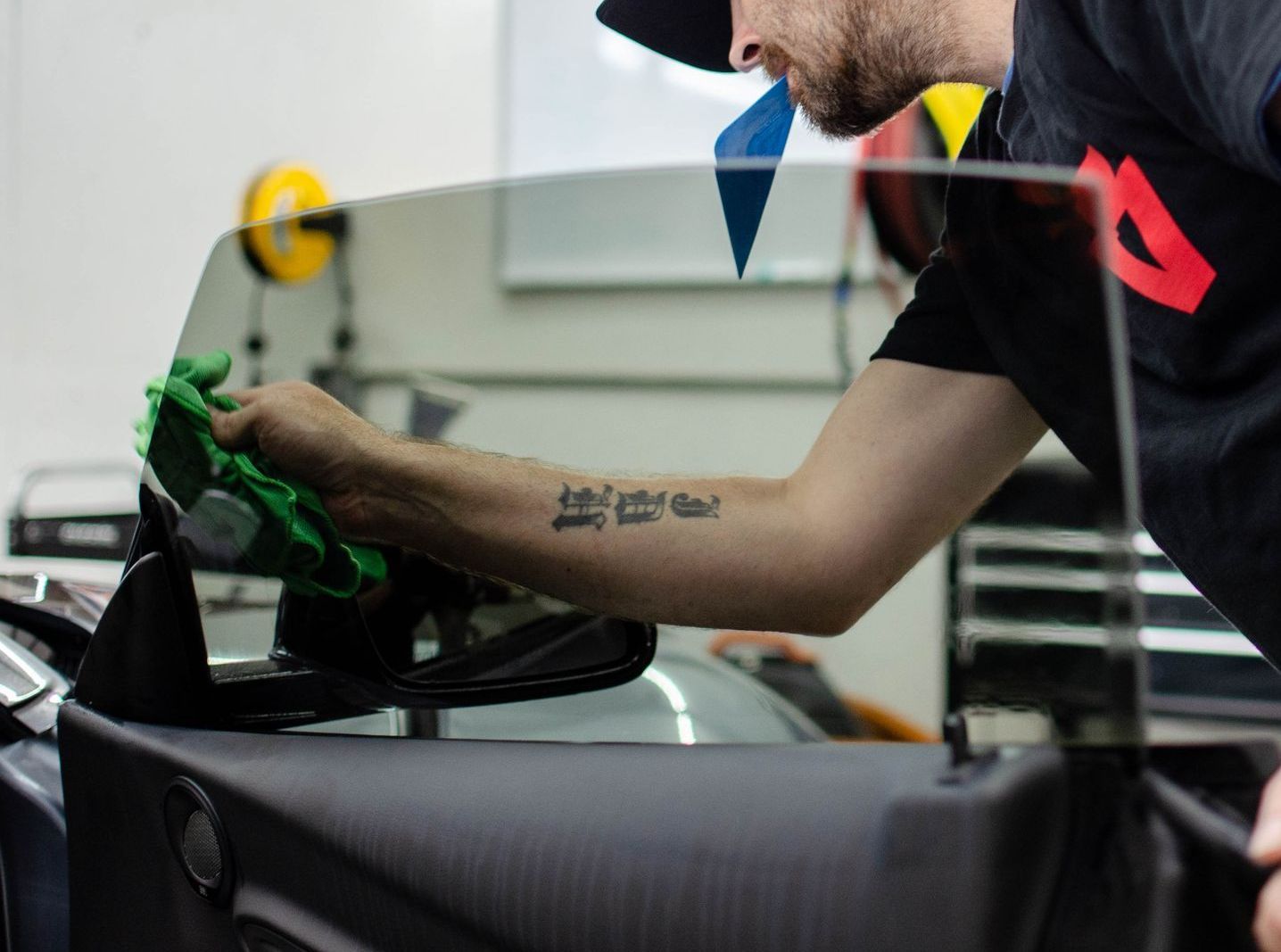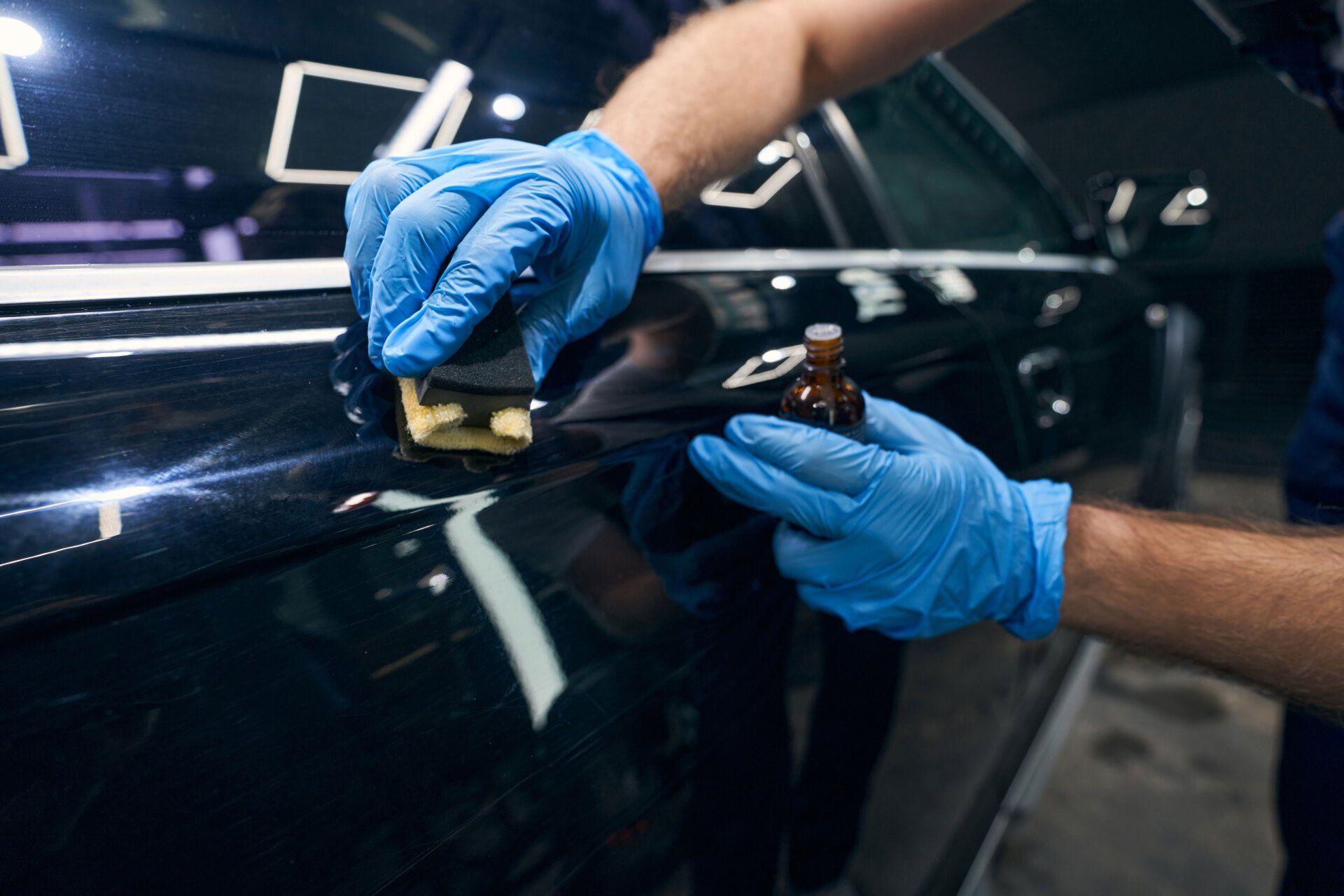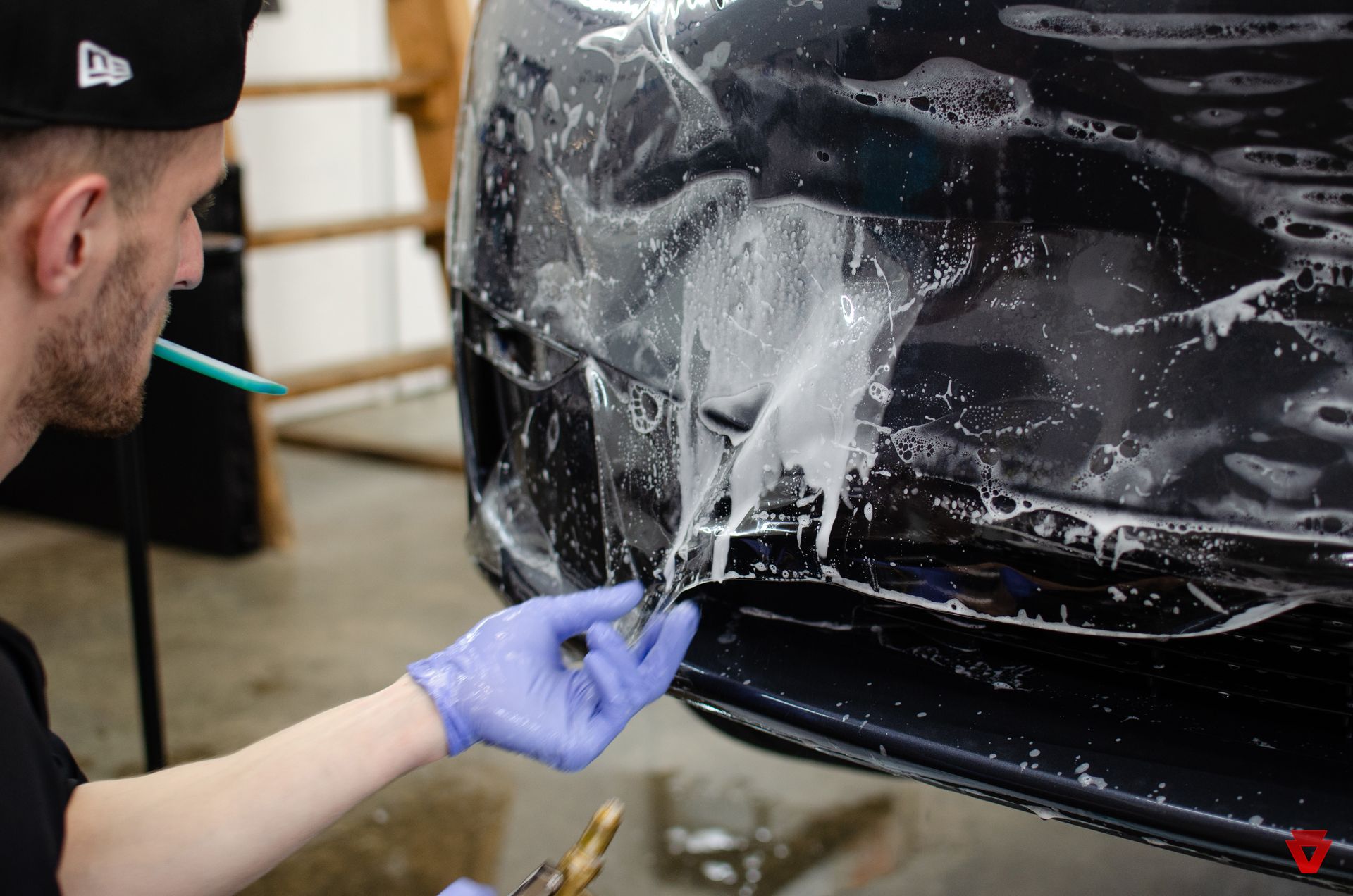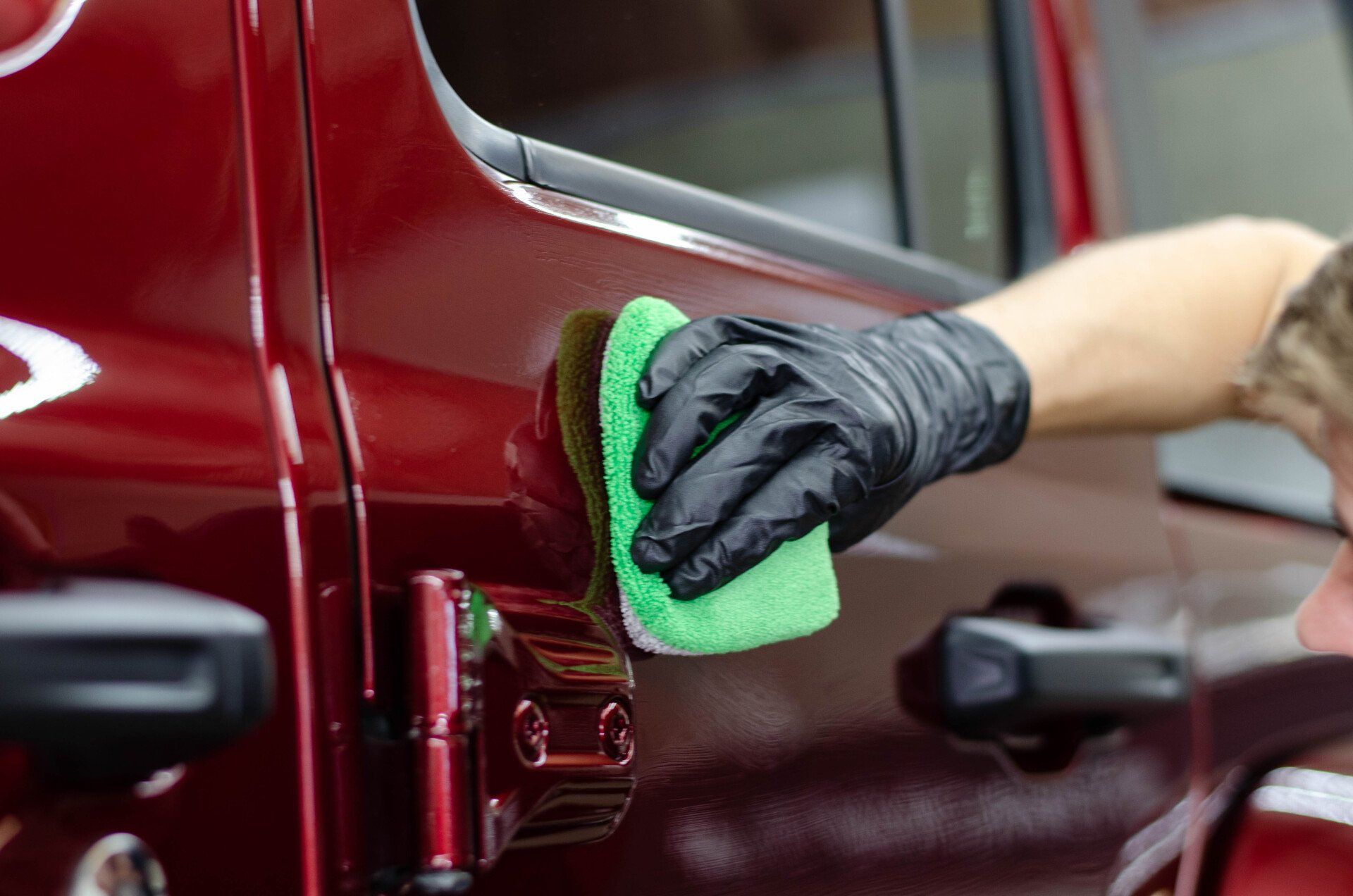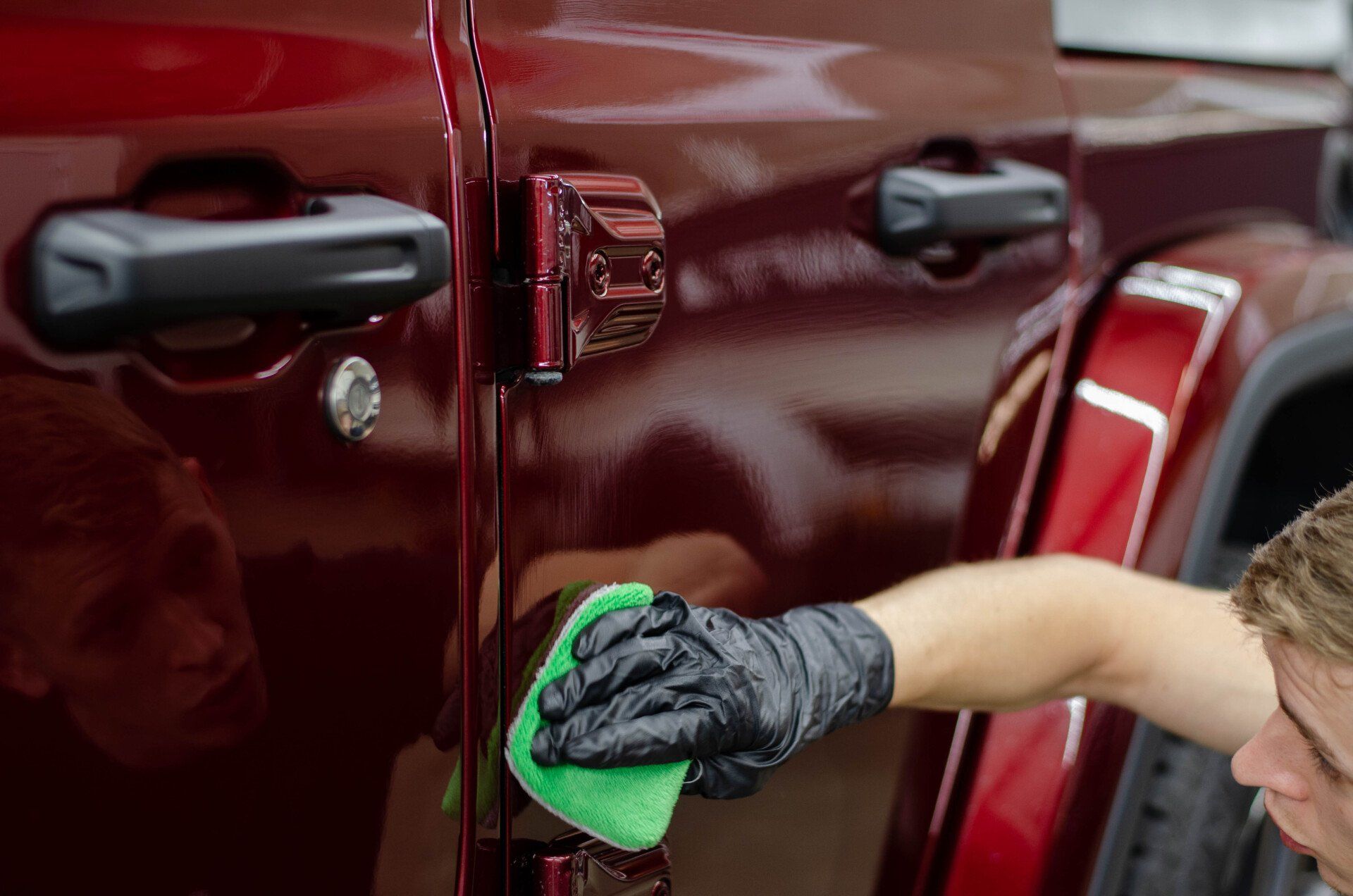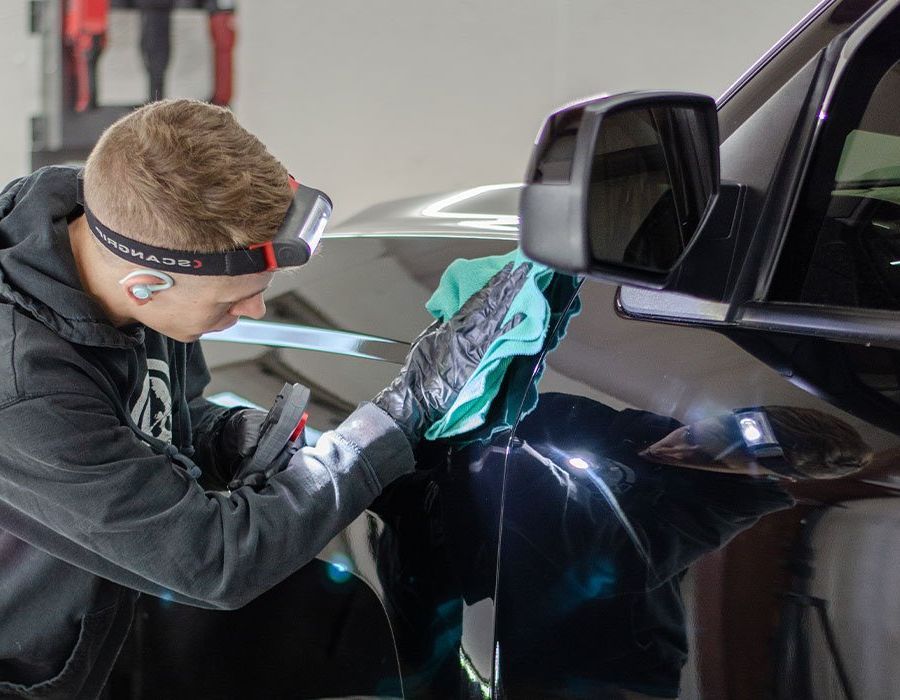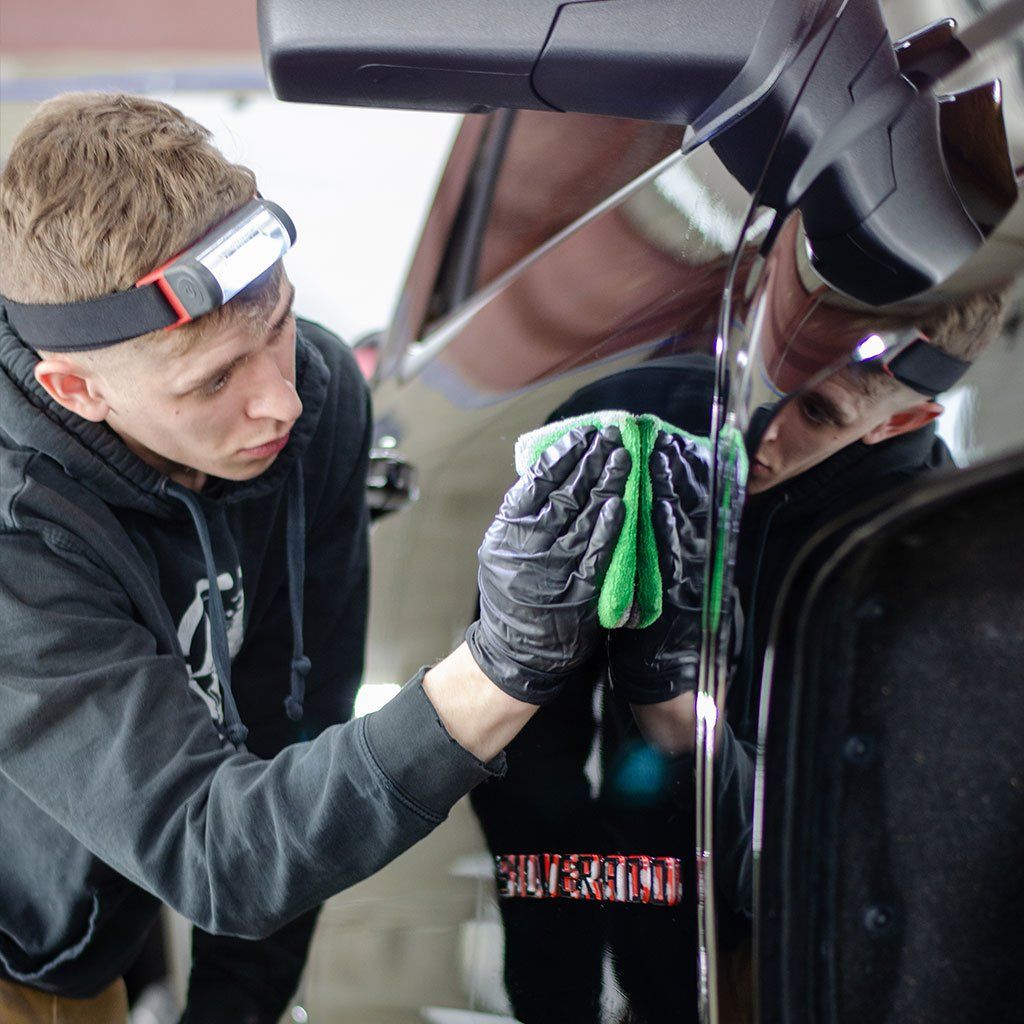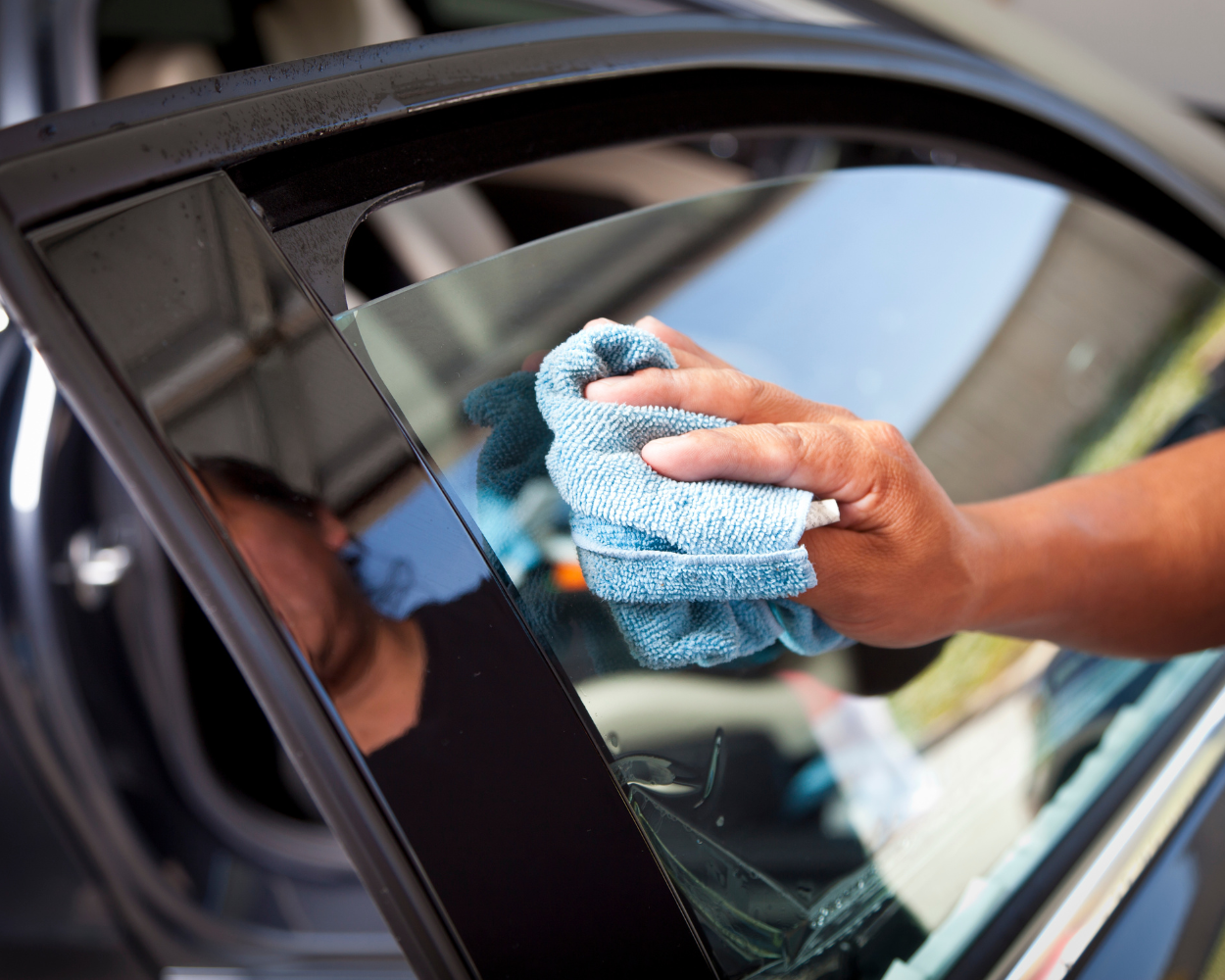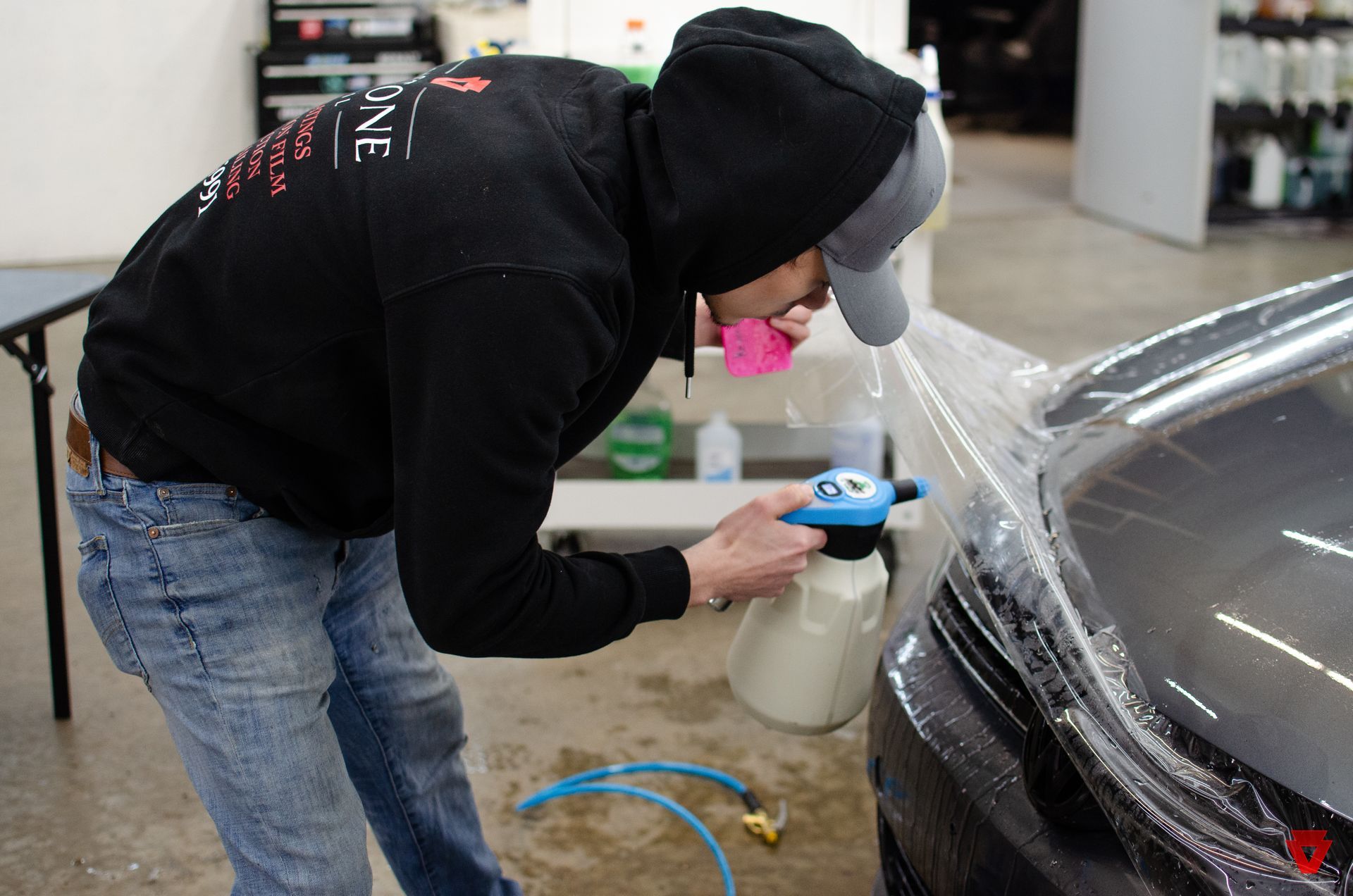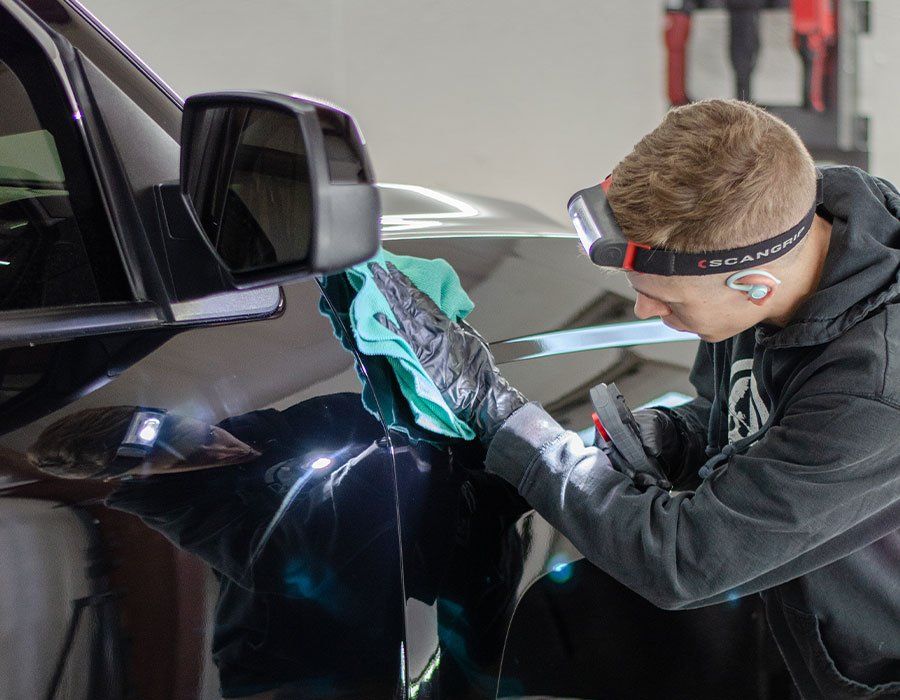Ceramic Coating Applications: From Car Paint to Various Surfaces - Benefits and More
If you've ever wondered whether ceramic coatings are worth the investment, you're not alone. Many feel uncertain about their practical benefits and versatility. This doubt often leaves people hesitating at the decision point. However, digging deeper uncovers a fascinating reality: ceramic coatings offer remarkable protection that extends far beyond just car paint.
Ceramic coating can be used on various surfaces like plastic trim, decals, paint protection film (PPF), and wheels. For example, when applying a ceramic coating to wheels, thoroughly clean the surface, ensure it is dry, and then apply the coating in a controlled, well-ventilated area, following the product's instructions carefully.
Benefits of Ceramic Coating for Different Surfaces
Ceramic coatings extend their remarkable benefits well beyond car paint protection. They are a game-changer for a multitude of surfaces, from glass to metal and more. Let's explore how these coatings can revolutionize the way these surfaces are maintained.
For glass surfaces such as windows or doors, the hydrophobic nature of ceramic coatings is a game-changer. It acts as a shield against water spots and mineral buildup, significantly reducing the need for constant cleaning. Imagine having crystal-clear doors without the need for excessive scrubbing and harsh cleaning chemicals. The coating creates an invisible barrier against water and contaminants, ensuring that glass surfaces maintain their sparkle with minimal effort. Metal surfaces also benefit immensely from ceramic coatings. These coatings provide an effective defense against rust and corrosion, preserving the aesthetic appeal and functionality of metal items. By applying a ceramic coating, you create a protective shield that safeguards surfaces from environmental elements, extending their longevity and maintaining their pristine appearance.
Additionally, the hydrophobic properties of ceramic coatings make them an ideal solution for high-traffic areas. Ceramic coatings repel water and contaminants effectively, ensuring that surfaces stay cleaner for longer periods. This not only reduces maintenance efforts but also enhances the durability of the materials, making them capable of withstanding various environmental challenges. The versatility of ceramic coatings in providing long-lasting protection and ease of maintenance across a wide range of surfaces makes them an invaluable asset in maintaining the integrity and appearance of various items, especially vehicles, in our daily lives.
Enhances Surface Protection
Ceramic coating isn't just about making things shiny—it's crucial for safeguarding surfaces against a range of daily hazards. The hard nano-ceramic layer acts as a shield, offering comprehensive protection against environmental contaminants, UV rays, and chemical damage.
- UV Ray Protection: Think about your car parked under the sun all day long. The paint retains its color and gloss much longer with a ceramic coating in place, preventing fading due to extended sun exposure. Imagine going on a road trip and leaving your car parked under the scorching sun for hours. Without a ceramic coating, the color of your car might dull over time due to continuous exposure to UV rays. But with a ceramic-coated surface, your car maintains its shine and color depth much better.
- Environmental Contaminants: Everyday exposure to dirt, bird droppings, tree sap, and road grime can mar your car's finish. A ceramic coating acts as a protective barrier, repelling these contaminants and making it easier to clean your vehicle. Imagine driving through a rainstorm; instead of leaving behind stubborn water spots, the hydrophobic properties of the coating cause water to bead up and roll off, carrying away impurities with it. This reduces the frequency and effort needed for cleaning and preserves your vehicle's pristine look.
- Chemical Resistance: Surfaces treated with ceramic coating are more resistant to chemical damage—whether from harsh cleaning agents or contact with industrial chemicals. Consider surfaces enduring spills or splashes from strong cleaning products—ceramic coating provides an extra layer of defense against such corrosive substances. Moreover, for industrial equipment and machinery that frequently come into contact with chemicals during operation, this feature is critical for maintaining their longevity and integrity.
By fortifying surfaces against environmental contaminants, UV rays, and chemical damage, ceramic coating doesn't just enhance their appearance—it significantly bolsters their durability and resilience, ensuring they stand the test of time against everyday wear and tear and environmental hazards.
Weather and Heat Resistance
Ceramic coatings serve as a shield for your surfaces, protecting them from the elements like a brave knight guarding a castle. Let's dive into the specific benefits of weather and heat resistance.
Imagine this: the sun is beating down on your car as you drive through a scorching hot summer day. Ceramic coatings can handle this with ease. They withstand extreme temperatures, preventing any damage to the paint or finish. This is especially important for surfaces that are constantly exposed to varying temperatures, like car exteriors. Now, what about when it rains? Or snows? Or when ice decides to pay an unexpected visit? Ceramic coatings have anti-weathering properties that act as a shield against these elements. The protective layer they provide helps surfaces resist damage from rain, snow, and ice. This is particularly beneficial for cars since it means less worry about rust or paint damage during harsh weather conditions.
The ability of ceramic coatings to withstand extreme temperatures without losing their integrity makes them versatile and valuable for various surfaces. These coatings allow you to enjoy the peace of mind that comes with knowing your prized possessions are well-protected against the whims of nature. As we've seen, ceramic coatings offer a robust defense against nature's elements by providing protection from UV rays, extreme temperatures, rain, and snow.
Long-Lasting Durable Protection
When you invest in a ceramic coating, it's not just a temporary fix; you're safeguarding your vehicle or other surfaces for the long haul. That's why understanding the benefits that accompany this protection is crucial, considering why it's worth the initial investment.
The extended lifespan that comes with ceramic coatings sets them apart from traditional methods like wax. Once professionally applied, a quality ceramic coating can last for years, offering unparalleled durability. Imagine needing less frequent reapplication compared to waxing and polishing your car; this means significant time and effort savings. This isn't limited to cars; homeowners find themselves spending less time maintaining coated surfaces, such as countertops and floors, allowing for more enjoyment of their spaces instead of constant cleaning and applying maintenance treatments.
Practically speaking, while the initial application might have a higher upfront cost than waxing, the long-term benefits and reduced maintenance costs pay off significantly over time. The overall durability means that you won't need to frequently reapply it like you would with waxing, resulting in substantial savings. One application can provide protection that lasts up to five years or even more, depending on the surface type and usage conditions. This translates into pocketing significant savings in the long run - the fewer times you have to reapply, the more cost-effective it becomes in comparison to traditional methods. Ceramic coatings are truly an investment in protection, saving both time and money over an extended period!
Alternatives to Ceramic Coating
Ceramic coatings have become increasingly popular due to their outstanding protective properties and durability. However, if you're seeking different approaches to protecting and enhancing surfaces, there are alternatives worth considering. Let's dive into these alternatives and evaluate how they measure up in comparison to ceramic coatings.
Carnauba Wax
Carnauba wax has been a long-standing favorite for maintaining the shine of car paint. It delivers a beautiful glossy finish and provides some level of protection against environmental elements. However, it's important to note that traditional car wax typically only lasts a few months and requires frequent reapplications to maintain its effectiveness. While it may offer a stunning shine, its limited durability makes it less practical for long-term protection when compared to ceramic coatings.
Polymer Sealants
Paint sealants, also known as polymer sealants, provide a longer-lasting alternative to car wax. These sealants offer extended protection for car paint, usually lasting anywhere from six months to a year. While they may not be as durable as ceramic coatings in the long run, they are easier to apply and typically come with a more wallet-friendly price tag. For those seeking an effective yet budget-conscious solution, polymer sealants can be a worthy consideration. Also, it's good to know that sealants provide great protection against UV rays, which can help prevent color fading and paint damage caused by prolonged sun exposure.
Paint Protection Film (PPF)
If you're looking for top-tier protection against scratches and chips, paint protection film is an outstanding choice. PPF is a clear film that is applied directly to car paint, forming a robust shield that effectively guards against physical damage. While it offers exceptional protection, it can be more expensive than ceramic coatings and may not provide the same level of hydrophobicity. The cost factor aside, if scratch and chip resistance is your primary concern, then paint protection film could be the solution you've been searching for.
In considering these alternatives, it's essential to weigh the specific benefits and limitations of each option based on your individual needs and preferences. Each alternative offers its own set of advantages and trade-offs, so it's worth conducting thorough research before making a decision on which coating or protection method fits best with your requirements.
Trusted Ceramic Coating Services in Waterford, PA
Protect your vehicle with Keystone Detail's
trusted ceramic coating services in Waterford, PA. Our skilled technicians utilize advanced techniques and premium products to provide a durable, high-gloss finish that shields your car from environmental damage and daily wear. Committed to excellence, Keystone Detail ensures your vehicle retains its stunning appearance and superior protection for years to come. Book your ceramic coating service today and experience the quality and reliability that make us a preferred choice in Waterford, PA. Call us at
(814) 230-6991 to get started!
